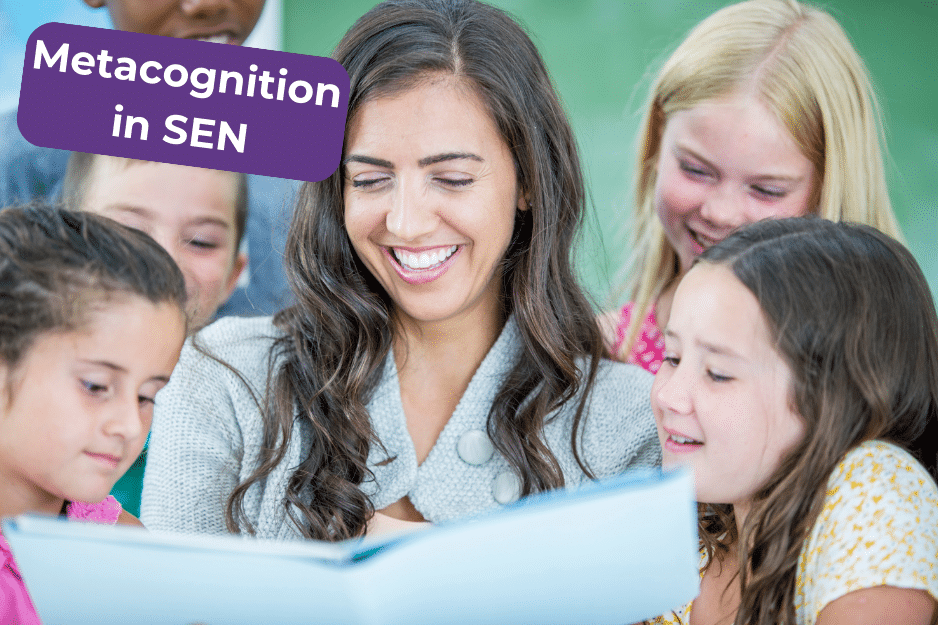Introduction:
Embark on a journey into the world of special educational needs (SEN) learners, where think-aloud strategies emerge as a powerful tool to foster cognitive growth and elevate educational achievements. This post delves into the advantages and implementation of think-aloud techniques within the SEN classroom.
Understanding Think-Alouds:
Think-alouds entail students verbalising their thought processes while tackling tasks or solving problems. Through articulating their thoughts, students gain heightened awareness of their thinking patterns, enabling them to pinpoint gaps in their understanding and make necessary adjustments.
Benefits of Think-Alouds for SEN Students:
Think-alouds offer a multitude of advantages for students with special educational needs. First and foremost, they facilitate the development of metacognitive skills, allowing students to monitor and regulate their own learning. Furthermore, these strategies foster active engagement and participation, nurturing a deeper comprehension of the subject matter. Finally, think-alouds encourage self-advocacy by teaching students how to effectively communicate their needs and thought processes.
Implementing Think-Alouds in the SEN Classroom:
To effectively integrate think-alouds into the SEN classroom, educators can follow these steps:
a. Model Think-Alouds:
Commence by demonstrating think-alouds to students, showcasing how to verbalise thoughts while completing tasks. This aids students in comprehending the process and grasping the expectations.
b. Gradual Release of Responsibility:
Gradually shift the responsibility to students by providing guided practice opportunities. Encourage them to express their thoughts aloud while working on assignments or problem-solving.
c. Scaffold Support:
Employ scaffolding techniques such as sentence starters, visual aids, or graphic organisers to provide support as students articulate their thoughts. This helps alleviate any anxiety or difficulties they may face.
d. Encourage Peer Collaboration:
Cultivate a nurturing and inclusive classroom environment by promoting peer collaboration. Pairing students with varying abilities can facilitate learning and create opportunities for mutual learning.
Assessing Think-Alouds:
Evaluation of think-alouds in the SEN classroom can be conducted using various methods, including teacher observations, student self-reflections, or peer evaluations. These assessments yield valuable insights into students’ comprehension, progress, and areas necessitating improvement.
Conclusion:
Think-alouds represent a valuable asset for students with special educational needs (SEN) by fostering metacognitive skills, active engagement, and self-advocacy. Through the incorporation of think-aloud strategies within the SEN classroom, educators can empower students to effectively navigate and comprehend new knowledge, ultimately leading to enhanced educational outcomes.




